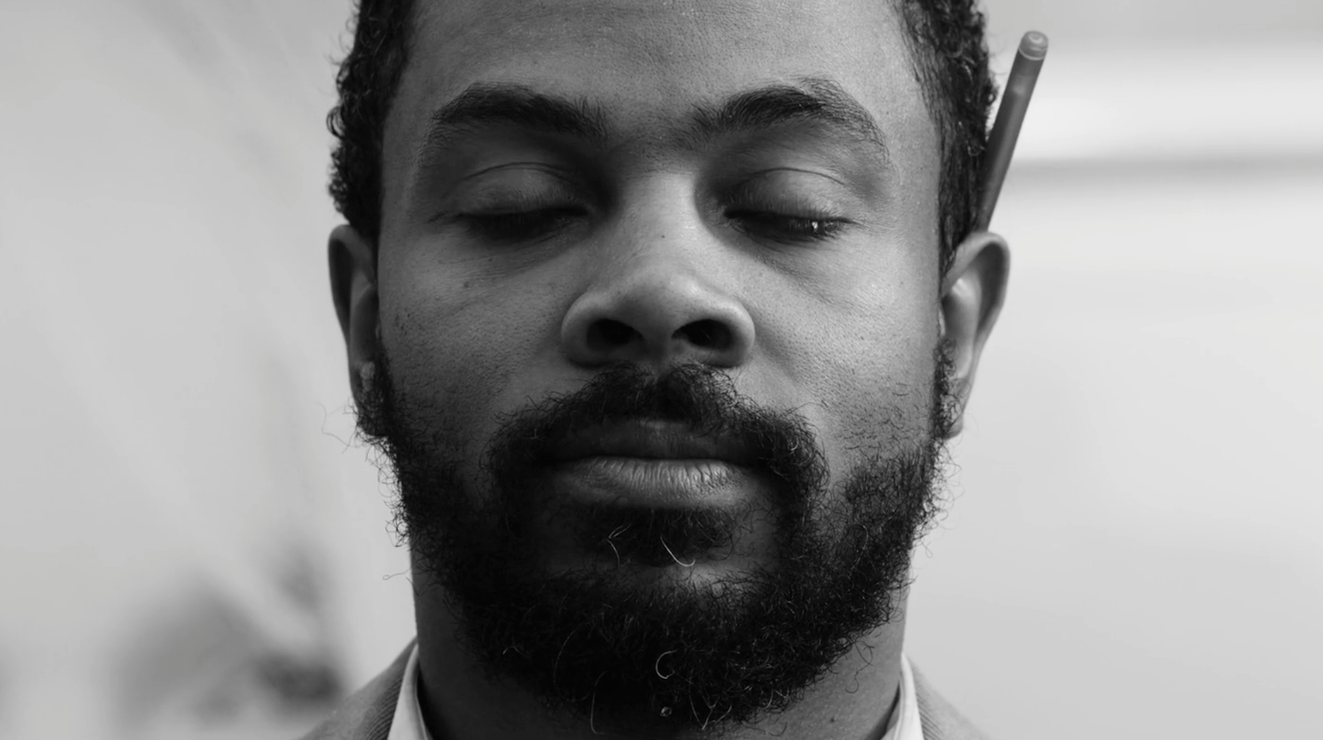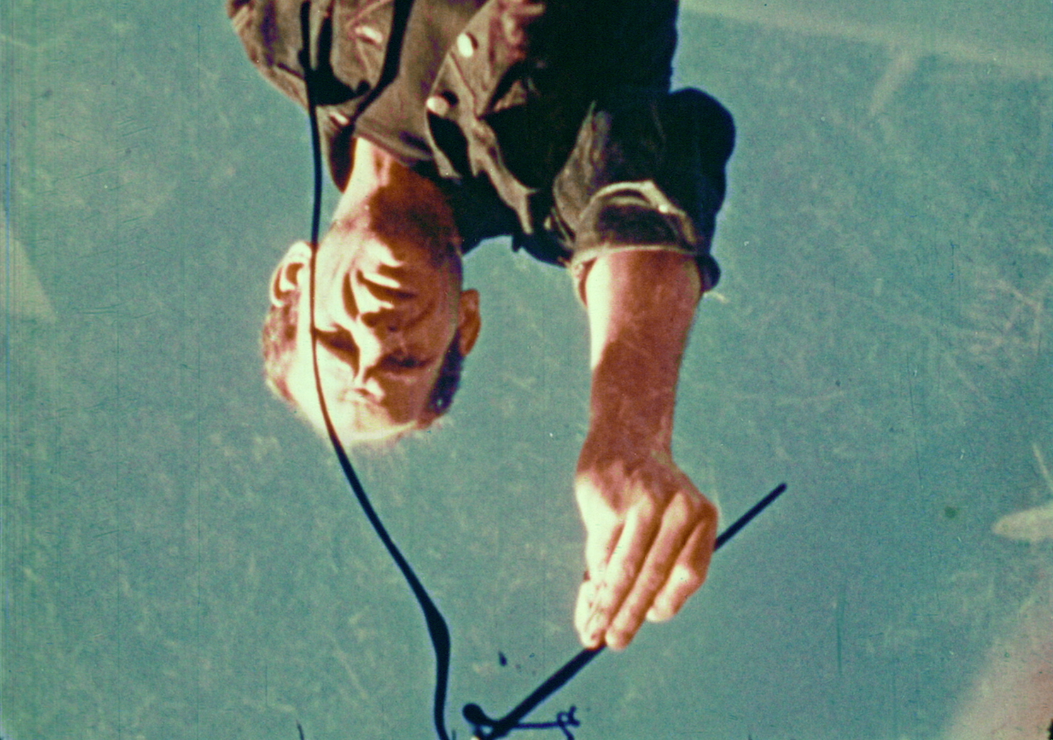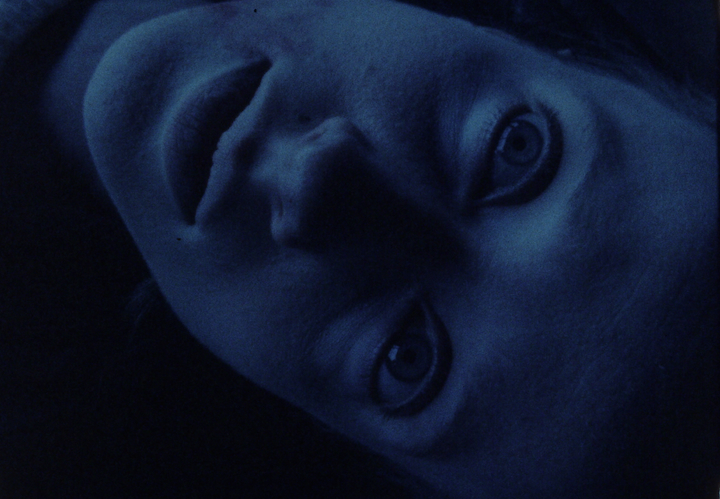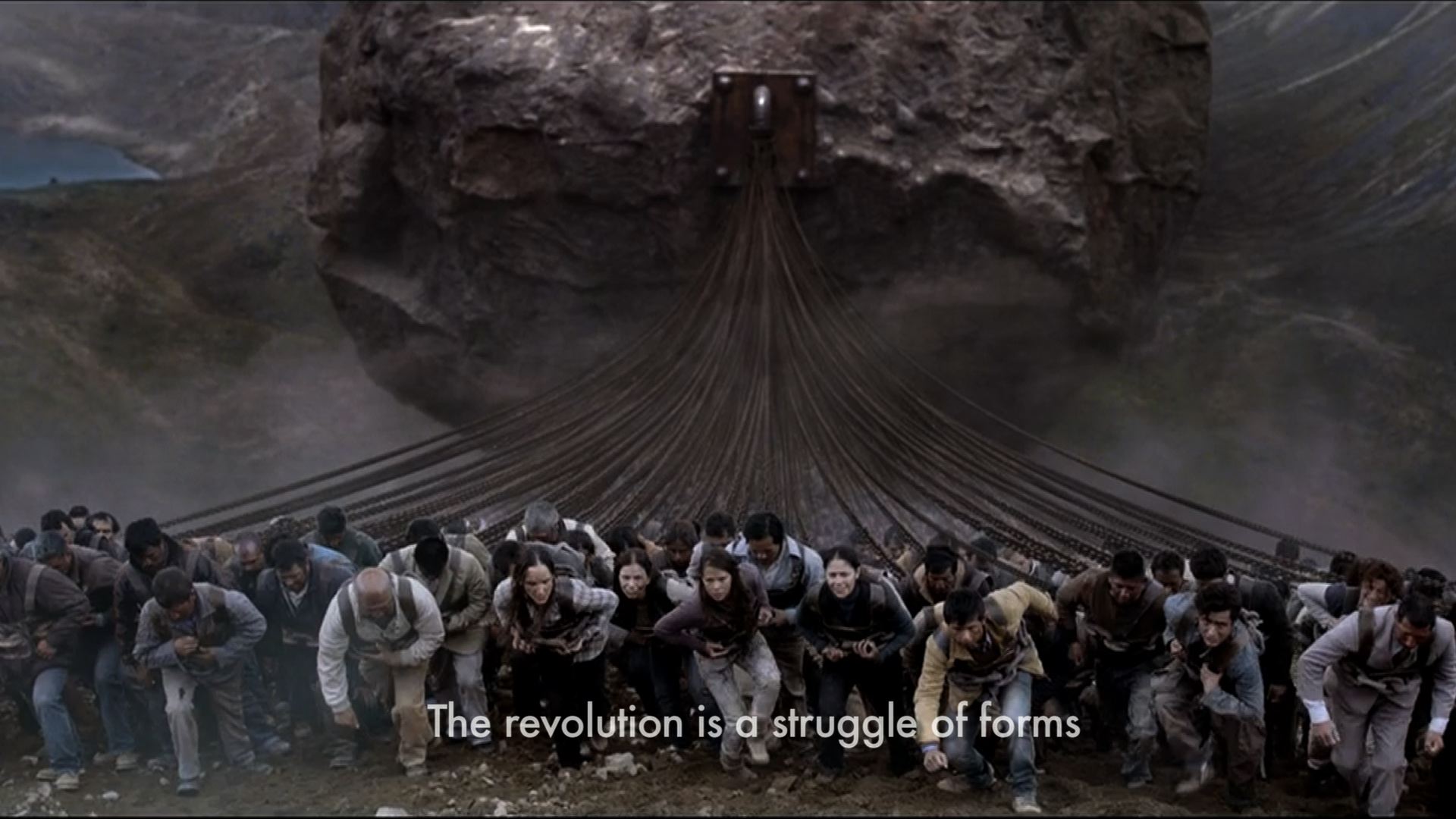Enemies Into Music: an interview with Jamie Dunn (The Skinny, April 2018)
Jamie: How did you go about choosing your four subjects for Aftermath?
Mike: Each one is an artist, and each has a special relation to illness and mortality. Can we see traces of their own end in the work they have left behind? And what about the fantasy that we could have more than one life, that I might slip into the skin of someone else and re-imagine a different morning, a different beginning?
From Frida Khalo I learned about the importance of local culture, and making work from where you are. You can speak about the whole world by paying attention to what is happening in the revolution of your room, the revolution of your face.
From Jackson Pollock I learned to trust the hand, the gesture, the imperative of the meat body. Let the history of your forms flow through you, where they can mix and mingle with family ties and cultural inheritances. Then stroke it out for others to share and transform.
From Janieta I learned that it might be possible to survive an impossible life not by turning away from the most difficult things of all, but by embracing them.
From Fats Waller I learned that joy is the heart of resistance, that the forms of pushing back against racism can be laughter, delight, music. Could we turn our enemies into music?
Jamie: You’ve made a number of biographical films – what interests you about this form?
Mike: It was never a plan or a strategy. I became HIV-positive at a moment when we were all dying of an incurable, shape-shifting virus. And learned, like everyone else, that you can die many times before you die. But what happens afterwards, in your second life, your third? Later, after the miracle drugs came, my non-HIV pals grew infirm, and the single truth I had held onto slipped away – that I would be the first out the exit door. These biographies or portraits are grieving machines and celebration marches.
Jamie: Your films are densely packed with images, text and sound. What’s your process for building up a film like Aftermath? Do you have a working script or storyboard, or is it more free-form?
Mike: Some movies, some pictures and sounds, need company, and it’s my joyful duty as a movie artist to provide that company. I began with Frida, who is already a trademark, endlessly reproduced. I thought I could find dozens of her incarnations and imitators on the web and I wasn’t disappointed. I had read her diaries and was deeply touched. I wanted to lay some of her perfect sentences down over this multiplication effect, these animated, dressed-up, performative bodies, conjuring the enduring picture she had created for herself, an image which is so irresistible, as John Berger argues, because it wants nothing from its viewer.
Jamie: Your films often split into discreet sections that work on their own as short films but also work cumulatively. Why do you take this approach?
Mike: Artists’s movies tend to be short, it’s typically a compressed, poetic form. But if movies are shown in a theatre, people expect to see, if not a feature, then a program that is feature-length. No need to leave the studio grotto for a movie that’s just a few minutes long, right? This requirement means that shorts are commonly chained together, and while this has been happening for a long time, in fact, since the very beginning of cinema, when all movies were short, it’s rarely done well. Programmers typically bring works together “on paper,” and don’t see how the program works until it actually appears in front of an audience. This is a a bit like making movies by drafting shot lists, then hurling them together at the moment of presentation. Hoping to avoid sub-optimal groupings, I started making my own “movie programs,” feature-length enterprises comprised of short takes. And besides, in the art world it’s not uncommon for folks to work on a series, or a body of work that develops over time. These compilation-features are just the same.
Jamie: Each section of Aftermath has a different flavour. How do you begin to decide what form each section takes?=
Mike: Each of my friends occupy their own universe. There’s one I meet for tennis, another has a family I’m now part of, another is an art maven. The interaction determines the form, and what are we, if not interactions? We are made out of relationships.
For the Fats Waller movie, I wanted to draw on contemporary pics. What is left, what remains of him can still be found today? He is introduced as a wordless spin of sounds, a scat riff that repeats several times. In place of archival moments showing off his acting career (flunkies and servants – how else should a black man appear in movies for “mainstream audiences?”), I found him in the deep city, the one-way signs, the broken pianos and fading light, and in the street faces of his beloved New York most of all. Isn’t what we call “history” a gathering of nearly infinite and incomprehensible storm fragments from long ago, run through the lens of the present, of what is urgent and vital and useful here and now? And what to make of a biography where the subject appears nearly at the end of his own movie?
Jamie: The Jackson Pollock section stands out as you’ve taken all the images from one source. Why the different approach for Pollock?
Mike: The iconic Hans Namuth movie, released in 1952, painstakingly shot in 16mm, is a curio in several respects. I was drawn to it primarily because of the decisive effect it had on Jackson’s life. His partner, the excellent artist and long-suffering Lee Krasner, had dragged them out to the Hamptons so that he could dry out. I guess he was a pretty bad drunk, the angry, pull-his-pants-down-throw-up-in-the-living room-then-hit-you-in-the-face kind of drunk. The move was a shrewd stroke, and the work that he is most known for derives from this period. But the shooting was a chore, and Namuth pushed him into new methods – working on glass, working outside. On the final day of the endless shoot Jackson strode into the house and poured himself a big glass of whiskey, drank it down in a heartbeat, then poured another. He was ready to make an altar to his addiction once more. He drank steadily from that moment on, until he died in a car crash, drunk behind the wheel. I don’t think it’s a stretch to propose, as the film does, that these pictures are leading him towards his death. Each shot is a stepping stone, so we as viewers become complicit in his undoing.
Jamie: Three of your subjects died decades ago but Janieta Eyre is alive and kicking. Do you know her and did she have any input on the film?
Mike: We were best friends years ago. She appears in a movie I made called House of Pain (1995), for instance, notable for its multiple wordless transgressions. So when she decided to change her life and swap her novel writings for photography, she asked if I might accompany her on the earliest shoots, laughably, for “technical support.” I might have known how to use a light meter. I arrived with Bolex in hand, a small Swiss wind-up film camera whose robust construction ensures that it will outlast anything merely human. The footage in Rehearsals is from these early shoots, where she poses as a dead person, committing suicide in a dizzying array of scenarios. Not incidentally, the title, which she scores into her arm with a razor, is lifted from own series, the first of many brilliant ventures, which is also named Rehearsals. She didn’t input towards the movie, but with great generosity, she allowed me to let the pictures create their own relationships and urgencies.
Jamie: Your films use archive film liberally. Does that make exhibition of them difficult?
Mike: I think asocial media and pervasive screen culture has made people long for the hand-made, the authentic, the “real.” Folks who make archival movies are a harder sell as a result. The currency of found footage work, the moment of flash headlines and pulse racing, jaw dropping (what was that!) exclamations have passed, and the form is now too accessible. Supercuts and highlight reels are uploaded daily by unnamed web citizens. How to create a song that can be heard amidst the din of too muchness?
Jamie: Would a film like Aftermath also screen in the gallery space, or do you see it only working in the cinema?
Mike: I would be happy to show it anywhere at all, in living rooms (the Jihlava Doc Fest has amazing living room screenings), on street corners or sports bars. What do we retain a few days after even the most profound and significant encounters with screen culture? Perhaps it’s ok to embrace more shredded, suboptimal presentation formats knowing that so much of a work is never seen or retained. Ambient cinema anyone?




